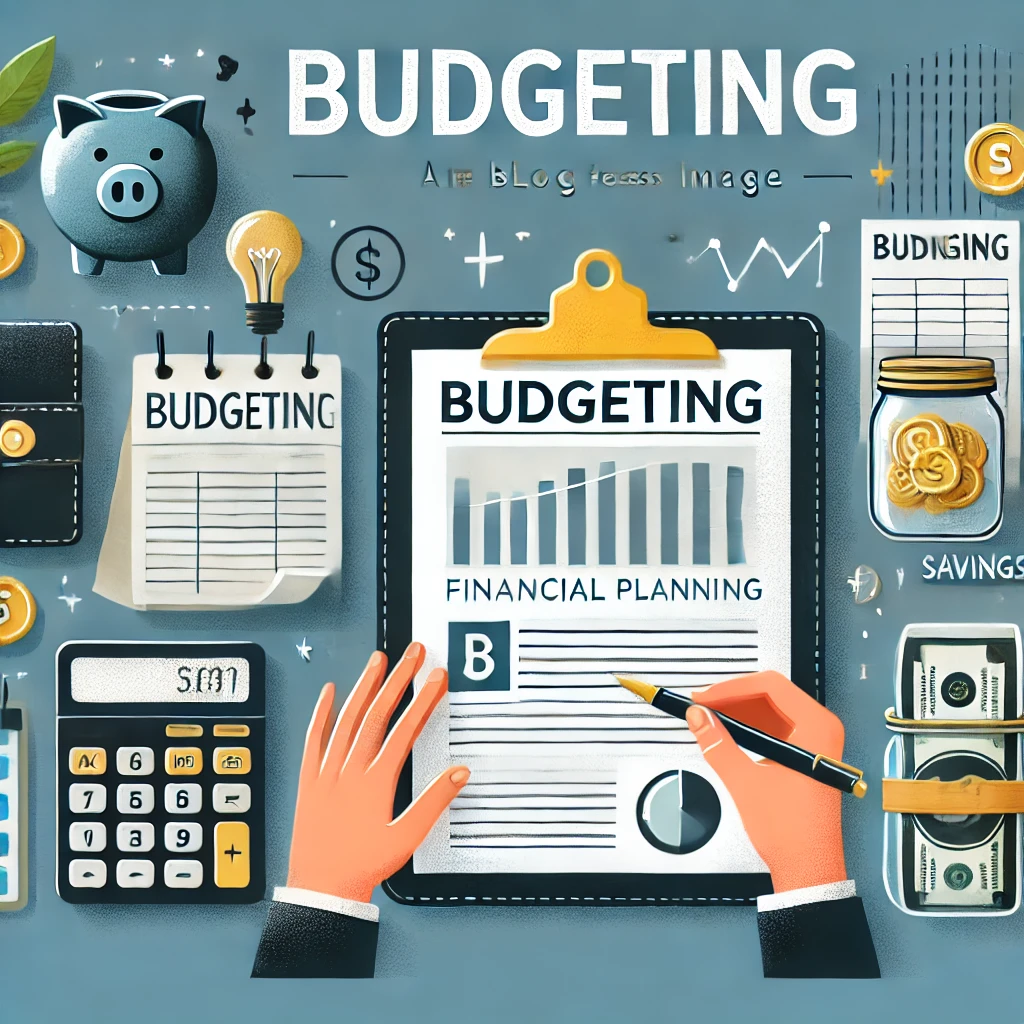The Ultimate Guide to Budgeting: Save More & Spend Smarter
Budgeting is the foundation of financial success. It allows you to take control of your money, eliminate unnecessary expenses, and work towards your financial goals. Whether you’re saving for a big purchase, reducing debt, or simply looking to be more financially responsible, a solid budget is essential. In this guide, we’ll walk you through the best budgeting strategies to help you save more and spend smarter.
1. Why Budgeting is Important
A budget is more than just tracking expenses; it’s a tool to achieve financial freedom. Some key benefits include:
- Better Money Management: Understand where your money is going.
- Debt Reduction: Prioritize debt payments and avoid unnecessary borrowing.
- Savings Growth: Allocate funds towards emergency and long-term savings.
- Financial Security: Reduce stress by having a clear financial plan.
2. Choosing the Right Budgeting Method
There is no one-size-fits-all budgeting approach. Here are three popular budgeting methods:
The 50/30/20 Rule
- 50% Needs: Rent, utilities, groceries, insurance.
- 30% Wants: Entertainment, dining out, hobbies.
- 20% Savings & Debt Repayment: Emergency fund, investments, loan payments.
Zero-Based Budgeting
This method ensures every dollar has a purpose. You allocate income to expenses, savings, and investments until you reach zero.
Envelope System
A cash-based budgeting system where you allocate cash into envelopes for different expense categories. Once an envelope is empty, spending stops.
3. Steps to Create an Effective Budget
Step 1: Track Your Income and Expenses
- Record all income sources.
- Monitor expenses using apps like Mint, YNAB, or Excel spreadsheets.
Step 2: Categorize Expenses
- Fixed expenses: Rent, mortgage, insurance.
- Variable expenses: Utilities, groceries, transportation.
- Discretionary spending: Entertainment, travel.
Step 3: Set Financial Goals
- Short-term goals: Build an emergency fund, pay off credit card debt.
- Long-term goals: Save for a home, retirement, or investment opportunities.
Step 4: Adjust & Optimize
- Identify areas to cut back on spending.
- Automate savings and bill payments.
- Review your budget monthly to stay on track.
4. Tools & Apps for Budgeting
Consider using these tools to simplify budgeting:
- Mint: Tracks spending and categorizes transactions.
- YNAB (You Need A Budget): Helps with zero-based budgeting.
- Personal Capital: Great for tracking investments and net worth.
5. Common Budgeting Mistakes to Avoid
- Not tracking small expenses: Small purchases add up quickly.
- Failing to adjust the budget: Your financial situation changes over time.
- Ignoring emergency savings: Unexpected expenses can derail finances.
- Not prioritizing debt repayment: High-interest debt should be tackled first.
Conclusion
Budgeting is a powerful tool that helps you achieve financial stability and peace of mind. By choosing the right budgeting method, setting clear goals, and using the right tools, you can take control of your finances and secure a prosperous future. Start today and watch your financial health improve!









Post Comment